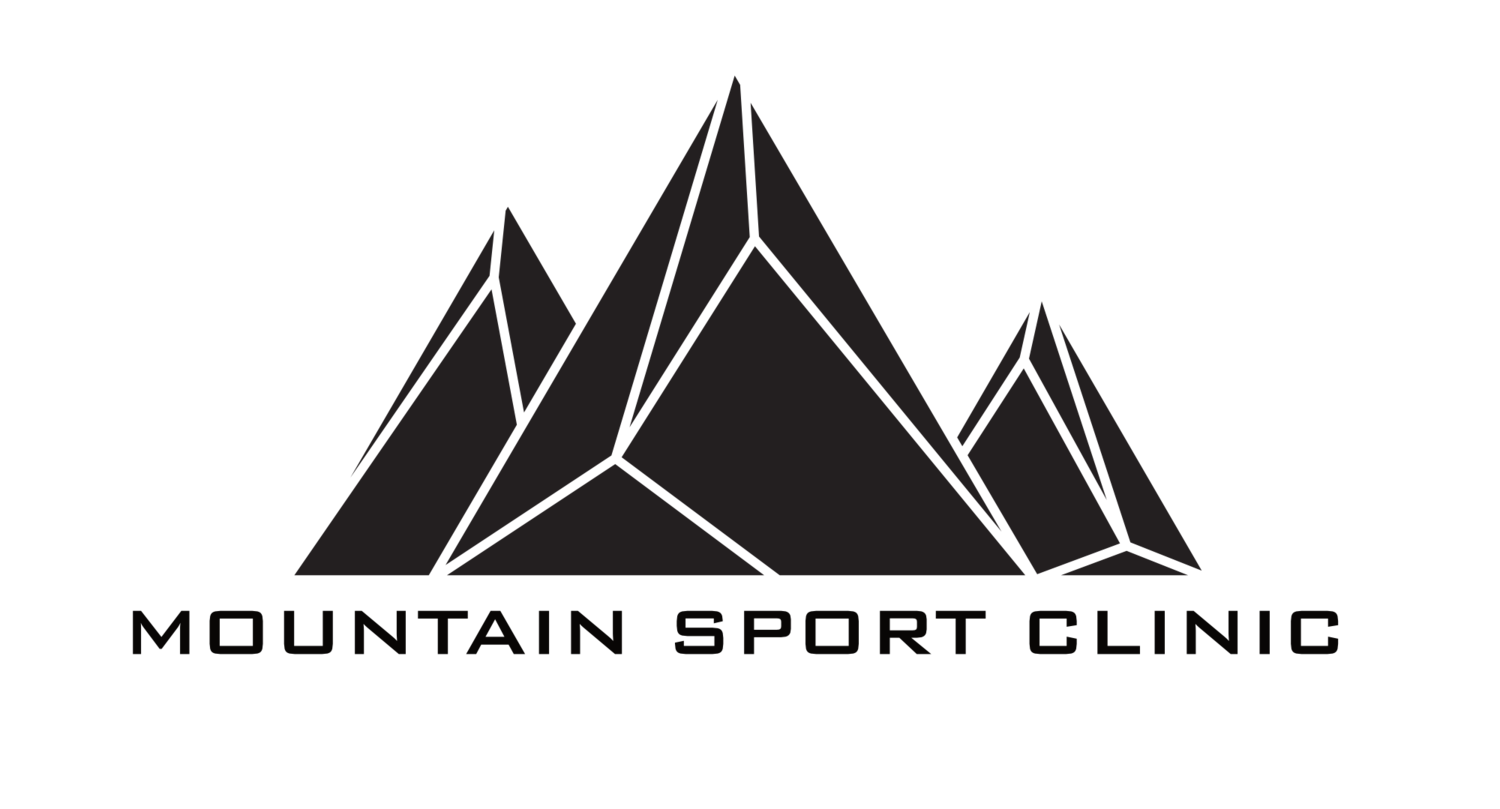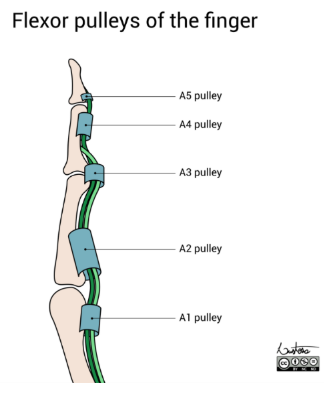Climbers: Keep your pulleys healthy!
What is a Finger Pulley?
A finger pulley is a fibrous structure that guides your finger flexor tendons as you bend your finger and keeps those tendons close to the finger bones. Its job is to prevent the tendon from bowstringing, pulling too far away from the bone, when you bend your fingers.
A good analogy is to think of a climbing draw keeping your rope close to the wall on an overhang. Just like the draw keeps the rope from swinging away, the pulley keeps the tendon in place, allowing your fingers to generate force efficiently.
Radiopaedia case Flexor pulleys of the finger - anatomy id: 179692 study: 143907 - NC Commons. (n.d.). https://nccommons.org/wiki/Radiopaedia_case_Flexor_pulleys_of_the_finger_-_anatomy_id:_179692_study:_143907
What Places Climbers at Risk of Pulley Injury?
When you're hanging on a hold, especially a small edge or crimp, your flexor tendons are under tension and naturally want to pull away from the bone. Your pulleys are the only structures holding them in place. The crimp grip, where the first joint of the finger is hyper-bended and the thumb wraps over the index finger, increases this tension dramatically compared to a half-crimp or open-hand grip.
How Do You Know if You’ve Injured a Pulley?
A sudden "pop" or sharp pain in the finger, usually while crimping, is a classic sign. Swelling, tenderness, and weakness can follow. In severe cases, you might see or feel the tendon lifting from your bone when you bend your finger (bowstringing).
How to Prevent Pulley Injuries
Warm up thoroughly before any session, especially before pulling on small holds.
Incorporate finger strength training progressively.
Train open-hand and half-crimp positions to balance the load across grip styles.
Did you know?
Climbers' finger pulleys can be up to 50% thicker than those of non-climbers due to the tissue adapting to repeated strain from climbing and training.
Questions? Not sure what to do next? Give us a call, we’d be happy to help.
References:
Hochholzer, T., & Schoeffl, V. (2014). One move too many: How to Understand the Injuries and Overuse Syndromes of Rock Climbing.
Miro PH, vanSonnenberg E, Sabb DM, Schöffl V. Finger Flexor Pulley Injuries in Rock Climbers. Wilderness Environ Med. 2021;32(2):247-258. doi:10.1016/j.wem.2025.10.02


